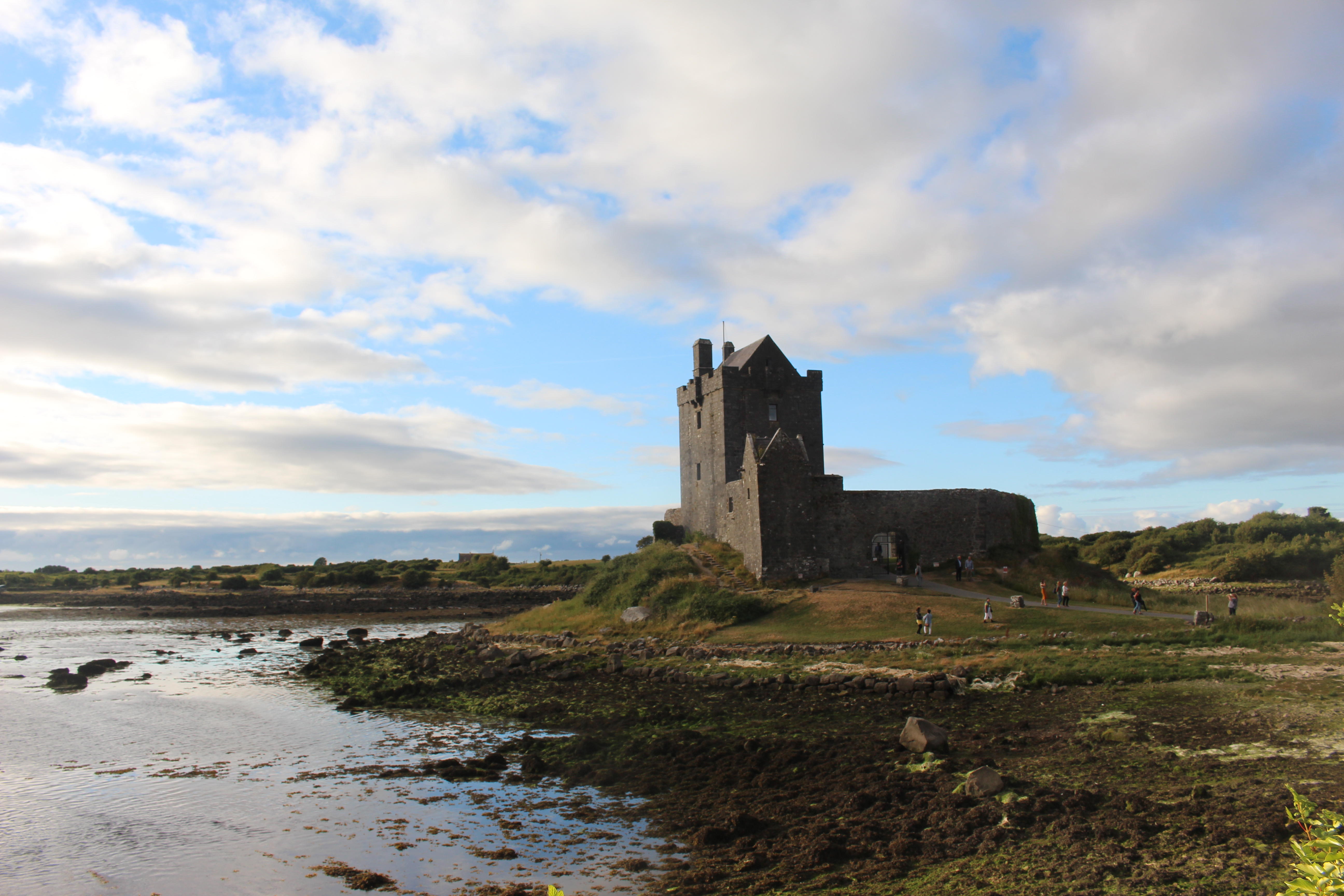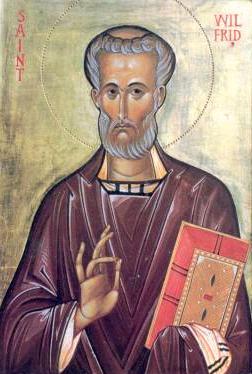|
Ceallach Mac Guaire
Ceallach mac Guaire (died 665) was King of Uí Fiachrach Aidhne. Ceallach was a son of the previous king, but reigned for only two years. In 664 ''"A great mortality prevailed in Ireland ... called the Buidhe Connail"'' and in 666 ''"A great plague raged"'' which killed hundreds in Connacht Connacht or Connaught ( ; or ), is the smallest of the four provinces of Ireland, situated in the west of Ireland. Until the ninth century it consisted of several independent major Gaelic kingdoms (Uí Fiachrach, Uí Briúin, Uí Maine, C .... However it is not known if either event led to Ceallach's demise. References * ''Irish Kings and High-Kings'', Francis John Byrne (2001), Dublin: Four Courts Press, * ''Annals of Ulster'' aCELT: Corpus of Electronic TextsaUniversity College Cork Nobility from County Galway 7th-century Irish monarchs 665 deaths Year of birth unknown {{ireland-noble-stub ... [...More Info...] [...Related Items...] OR: [Wikipedia] [Google] [Baidu] |
Uí Fiachrach Aidhne
Uí Fhiachrach Aidhne (also known as Hy Fiachrach) was a kingdom located in what is now the south of County Galway. Legendary origins and geography Originally known as Aidhne, it was said to have been settled by the mythical Fir Bolg. Dubhaltach Mac Fhirbhisigh's Leabhar na nGenealach states that the Tuath mhac nUmhoir were led by leader Conall Caol, son of Aonghus mac Úmhór. Connall was killed at the Battle of Maigh Mucruimhe in 195, and his body brought back to Aidhne where it was interred at a leacht called Carn Connell (itself the site of a major battle some centuries later). Located in the south of what is now County Galway, Aidhne was coextensive with the present diocese of Kilmacduagh. It was bounded on the west by Loch Lurgain (Galway Bay) and the district of Burren in County Clare. County Clare also bounds Aidhne on its south and south-east side. Aidhne is bounded on the east by the low mountains of Slieve Aughty, which separated Uí Fhiachrach Aidhne from U ... [...More Info...] [...Related Items...] OR: [Wikipedia] [Google] [Baidu] |
Connacht
Connacht or Connaught ( ; or ), is the smallest of the four provinces of Ireland, situated in the west of Ireland. Until the ninth century it consisted of several independent major Gaelic kingdoms (Uí Fiachrach, Uí Briúin, Uí Maine, Conmhaícne, and Delbhna). Between the reigns of Conchobar mac Taidg Mór (died 882) and his descendant, Aedh mac Ruaidri Ó Conchobair (reigned 1228–33), it became a kingdom under the rule of the Uí Briúin Aí dynasty, whose ruling sept adopted the surname Ua Conchobair. At its greatest extent, it incorporated the often independent Kingdom of Breifne, as well as vassalage from the lordships of western Mide and west Leinster. Two of its greatest kings, Tairrdelbach Ua Conchobair (1088–1156) and his son Ruaidri Ua Conchobair (c. 1115–1198) greatly expanded the kingdom's dominance, so much so that both became High King of Ireland. The Kingdom of Connacht collapsed in the 1230s because of civil war within the royal dynasty, which enab ... [...More Info...] [...Related Items...] OR: [Wikipedia] [Google] [Baidu] |
Guaire Aidne Mac Colmáin
Guaire Aidne mac Colmáin (died 663) was a king of Connacht. A member of the Ui Fiachrach Aidhne and son of king Colmán mac Cobthaig (died 622). Guaire ruled at the height of Ui Fiachrach Aidne power in south Connacht. Early reign Guaire appears to have succeeded his father as king of the Ui Fiachrach Aidhne in 622. In 629 was fought the Battle of Carn Feradaig (Carhernarry, County Limerick), where he suffered a defeat at the hands of the Munster king Faílbe Flann mac Áedo Duib (died 639). His ally Conall mac Máele Dúib of the Ui Maine was slain. According to Keating, Guaire's reason for this campaign was to recover the Thomond region from Munster. Prof. Byrne believes that this defeat marked the true expansion of the Déisi Tuisceart into Thomond. He also states that this defeat may have paved the way for Rogallach mac Uatach (died 649) in acquiring the overlordship of Connacht. Carn Conaill The next event recorded of Guaire in the annals is the Battle of Carn Con ... [...More Info...] [...Related Items...] OR: [Wikipedia] [Google] [Baidu] |
Kings Of Uí Fiachrach Aidhne
Kings or King's may refer to: *Kings: The sovereign heads of states and/or nations. *One of several works known as the "Book of Kings": **The Books of Kings part of the Bible, divided into two parts **The ''Shahnameh'', an 11th-century epic Persian poem **The Morgan Bible, a French medieval picture Bible **The Pararaton, a 16th-century Javanese history of southeast Asia *The plural of any King (other), king Business *Kings Family Restaurants, a chain of restaurants in Pennsylvania and Ohio *Kings Food Markets, a chain supermarket in northern New Jersey *King's (cigarette), King's Favourites, a brand of cigarettes *King's Variety Store, a chain of stores in the USA *King's (defunct discount store), a defunct chain of discount stores in the USA Education *King's College (other), various colleges * King's School (other), various schools * The King's Academy (other), various academies Electoral districts *King's (New Brunswick federal electoral ... [...More Info...] [...Related Items...] OR: [Wikipedia] [Google] [Baidu] |
Muirchertach Nár Mac Guairi
Muirchertach (modern spelling: Muircheartach, anglicised as Murtagh) is an Irish language male given name meaning "mariner". The name was sometimes Anglicised as "Mortimer." The Old Norse name Kjartan is derived from this name. Ásgeir Blöndal Magnússon. ', 1st edition, 2nd printing (1989). Reykjavík, . Muirchertach was borne by several figures from legend and history, including: *Muirchertach mac Muiredaig (Mac Ercae), great-grandson of Niall of the Nine Hostages and High King of Ireland *Muirchertach mac Néill, 10th-century king of Cenél nEógain *Muircheartach Ua Briain, 12th-century High King of Ireland *Muirchertach Mac Lochlainn, 12th-century king of Cenél nEógain * Muirchertach mac Maelruanaidh Mor, obscure king of Magh Luirg See also *List of Irish-language given names This list of Irish-language given names shows Irish language given names, their Anglicisation (linguistics), anglicisations and/or English language equivalents. Not all Irish given names have E ... [...More Info...] [...Related Items...] OR: [Wikipedia] [Google] [Baidu] |
Nobility From County Galway
Nobility is a social class found in many societies that have an aristocracy (class), aristocracy. It is normally appointed by and ranked immediately below Royal family, royalty. Nobility has often been an Estates of the realm, estate of the realm with many exclusive functions and characteristics. The characteristics associated with nobility may constitute substantial advantages over or relative to non-nobles or simply formal functions (e.g., Order of precedence, precedence), and vary by country and by era. Membership in the nobility, including rights and responsibilities, is typically Hereditary title, hereditary and Patrilinearity, patrilineal. Membership in the nobility has historically been granted by a monarch or government, and acquisition of sufficient power, wealth, ownerships, or royal favour has occasionally enabled commoners to ascend into the nobility. There are often a variety of ranks within the noble class. Legal recognition of nobility has been much more common i ... [...More Info...] [...Related Items...] OR: [Wikipedia] [Google] [Baidu] |
7th-century Irish Monarchs
The 7th century is the period from 601 through 700 in accordance with the Julian calendar in the Christian Era. The spread of Islam and the Muslim conquests began with the unification of Arabia by the Islamic prophet Muhammad starting in 622. After Muhammad's death in 632, Islam expanded beyond the Arabian Peninsula under the Rashidun Caliphate (632–661) and the Umayyad Caliphate (661–750). The Muslim conquest of Persia in the 7th century led to the downfall of the Sasanian Empire. Also conquered during the 7th century were Syria, Palestine, Armenia, Egypt, and North Africa. The Byzantine Empire suffered setbacks during the rapid expansion of the Caliphate and a mass incursion of Slavs in the Balkans which reduced its territorial limits. The decisive victory at the Siege of Constantinople in the 670s led the empire to retain Asia Minor, which ensured the existence of the empire. In the Iberian Peninsula, the 7th century was known as the ''Siglo de Concilios'' (century o ... [...More Info...] [...Related Items...] OR: [Wikipedia] [Google] [Baidu] |
665 Deaths
__NOTOC__ Year 665 ( DCLXV) was a common year starting on Wednesday of the Julian calendar. The denomination 665 for this year has been used since the early medieval period, when the Anno Domini calendar era became the prevalent method in Europe for naming years. Events By place Europe * Kubrat, ruler (''khagan'') of Great Bulgaria, dies after a 33-year reign. He is succeeded by his son Batbayan, who rules from Poltava (modern Ukraine), the lands north of the Black Sea, and the Sea of Azov. Britain * Conflict erupts between King Sighere of Essex and his brother Sæbbi, as they struggle for overlordship between Mercia and Wessex. Arabian Empire * Muslim Conquest: An Arab army (40,000 men) advances through the desert, and captures the Byzantine city of Barca (Libya). Asia * The city of Seongnam (South Korea) is renamed Hansanju (approximate date). * Wu Zetian, the wife of the Chinese emperor, unofficially becomes an absolute ruler by eliminating her politica ... [...More Info...] [...Related Items...] OR: [Wikipedia] [Google] [Baidu] |




